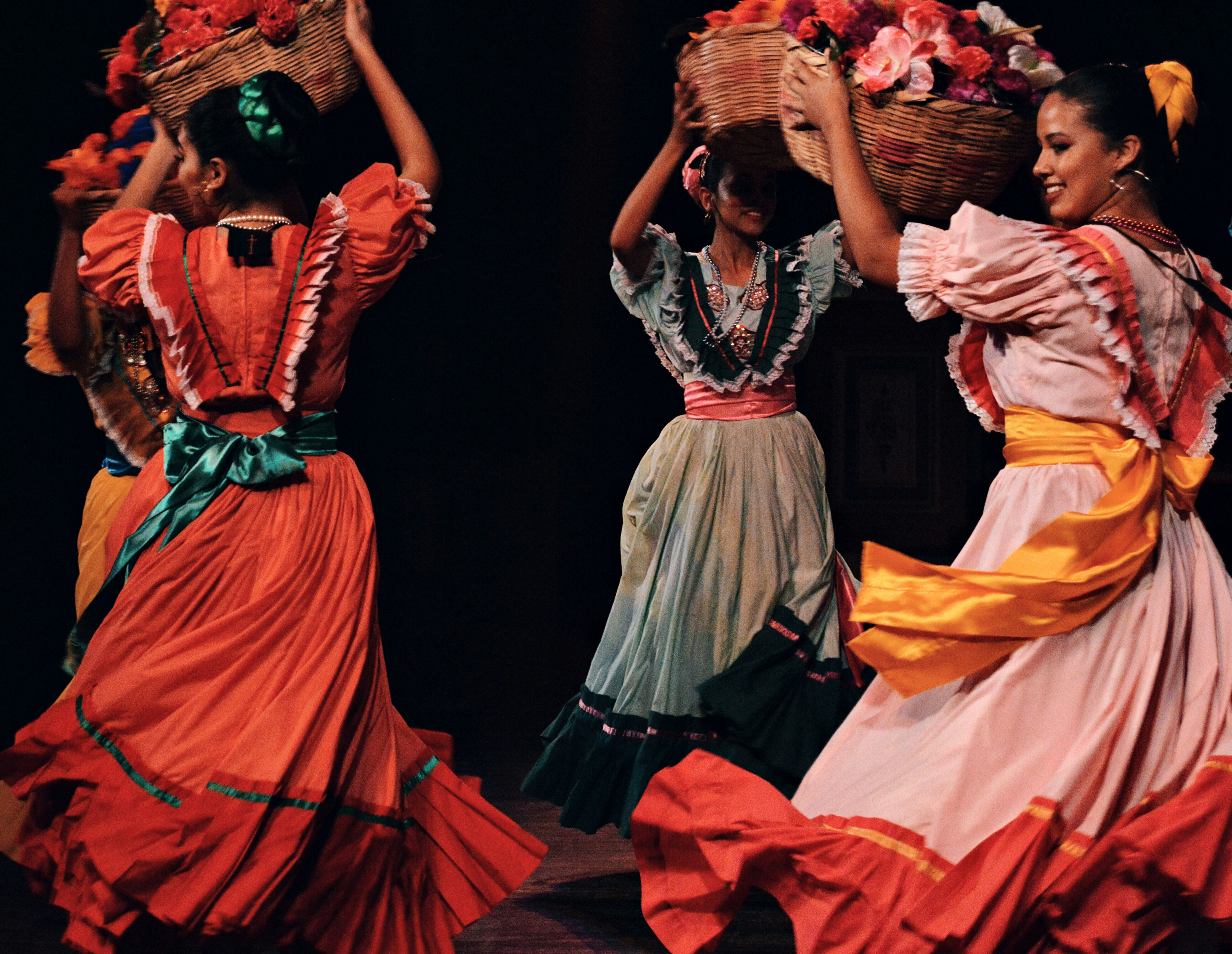Digital Artistry: The Flourishing Fusion of Tech and Creativity
Welcome to the digital age, where traditional boundaries of art and technology blur, giving birth to a vibrant and innovative artistic movement: Digital Artistry. This art form, once considered niche, is now a mainstream phenomenon, proving that art is not confined to physical mediums but can thrive in the virtual realm.

Digital Artistry: An Overview
Digital Artistry traces its roots to the 1960s when artists began to experiment with computer technology. In the following decades, as technology evolved, artists began to utilize various digital tools and techniques, resulting in a new art form that defied conventional artistic norms. Thanks to the advent of computer graphics, digital painting, 3D modeling, and computer-generated imagery, artists could now create complex, detailed, and visually stunning works of art.
Technological Innovation and Its Impact
The past decade has seen unprecedented technological advancements, taking digital artistry to new heights. Artificial Intelligence, Virtual Reality, and Augmented Reality have become powerful tools for artists, allowing them to create immersive and interactive experiences. Cutting-edge software and applications have also enabled artists to work with precision and efficiency, transforming how art is conceptualized, created, and consumed.
The Current Landscape of Digital Artistry
Today, digital artistry is a dynamic and rapidly evolving field, with artists continually pushing the boundaries of creativity. From digital sculptures and paintings to virtual reality installations and interactive performances, digital artistry is proving to be a limitless medium. Furthermore, the rise of digital art platforms and online galleries has democratized the art world, providing artists with global exposure and audiences with unprecedented access to diverse art forms.
The Artistic and Cultural Significance
Digital artistry represents a significant shift in the art world, challenging traditional notions of artistic creation and consumption. It democratizes art, making it accessible to a broader audience and encouraging participation and interaction. The versatility and adaptability of digital artistry have also made it a crucial tool for cultural expression and social commentary. It has been used to highlight social issues, challenge norms, and stimulate conversation, demonstrating the power of art as a tool for change.
Conclusion
Digital Artistry is more than just a fusion of art and technology; it represents the evolution of creative expression in the digital age. It challenges traditional artistic norms, offers new avenues for creativity, and engages audiences in new and exciting ways. As technology continues to advance, the potential for digital artistry is limitless, promising a future where art is not just observed but experienced. As we move forward, digital artistry will undoubtedly continue to redefine our understanding of what art can be, proving that creativity knows no bounds.




